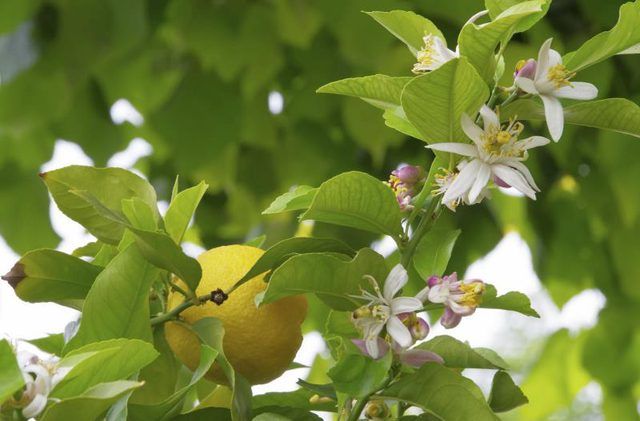Bulbs
Flower Basics
Flower Beds & Specialty Gardens
Flower Garden
Garden Furniture
Garden Gnomes
Garden Seeds
Garden Sheds
Garden Statues
Garden Tools & Supplies
Gardening Basics
Green & Organic
Groundcovers & Vines
Growing Annuals
Growing Basil
Growing Beans
Growing Berries
Growing Blueberries
Growing Cactus
Growing Corn
Growing Cotton
Growing Edibles
Growing Flowers
Growing Garlic
Growing Grapes
Growing Grass
Growing Herbs
Growing Jasmine
Growing Mint
Growing Mushrooms
Orchids
Growing Peanuts
Growing Perennials
Growing Plants
Growing Rosemary
Growing Roses
Growing Strawberries
Growing Sunflowers
Growing Thyme
Growing Tomatoes
Growing Tulips
Growing Vegetables
Herb Basics
Herb Garden
Indoor Growing
Landscaping Basics
Landscaping Patios
Landscaping Plants
Landscaping Shrubs
Landscaping Trees
Landscaping Walks & Pathways
Lawn Basics
Lawn Maintenance
Lawn Mowers
Lawn Ornaments
Lawn Planting
Lawn Tools
Outdoor Growing
Overall Landscape Planning
Pests, Weeds & Problems
Plant Basics
Rock Garden
Rose Garden
Shrubs
Soil
Specialty Gardens
Trees
Vegetable Garden
Yard Maintenance
How Long Does a Lemon Tree Take to Produce Fruit?
How Long Does a Lemon Tree Take to Produce Fruit?. Lemon trees (Citrus limon) have a medium growth rate, adding 13 to 24 inches in height a year until they reach maturity. It takes most lemon trees about three years after planting to yield a small harvest of lemons suitable for picking, as long as they get the care they need.
Lemon trees (Citrus limon) have a medium growth rate, adding 13 to 24 inches in height a year until they reach maturity. It takes most lemon trees about three years after planting to yield a small harvest of lemons suitable for picking, as long as they get the care they need.

A standard lemon tree will take 10 to 15 years to reach its full height of 20 to 30 feet. A semi-dwarf tree will grow from 15 to 20 feet tall and a dwarf tree, made possible by grafting lemon cultivars onto special rootstocks, will grow from 6 to 8 feet tall.
Lemon saplings sold in nurseries are typically pruned and shaped to grow naturally, and you won't need to do any pruning yourself. You will only have remove shoots, called water sprouts, growing on the trunk below the lateral limbs.
Lemon trees grow in U.S. Department of Agriculture plant hardiness zones 9 through 11. Lemon trees may yield fruit year-round but most lemons are harvested during summer, fall or winter, depending on the climate and cultivar.
A 3-foot-tall lemon tree growing in an indoor container will bear about 20 lemons about one year earlier than if it were planted outdoors. A 1-year-old lemon tree will need a 12-inch-wide container that has drainage holes. Trees 2 to 3 years old will need a 10- to 14-inch-wide container. You will eventually need a pot 16 to 20 inches wide. Starting with a pot that is too large makes it difficult to control moisture levels in the soil.
Lemons produced in the first year of tree growth will likely be misshapen and rough. Because the young trees have a small canopy of leaves, the lemons may also be sunburned. Sometimes a young tree will grow a mass of small lemons, but high temperatures and dry winds of late summer and early July can cause most of them to drop. Remove these lemons early so the tree can concentrate on growing branches and leaves.
In its third year of growth a lemon tree will yield about 38 pounds of quality lemons. Mature trees may yield 100 to 200 pounds a year.
Lemons grow in a series of four to five growth flushes each year, setting flowers and fruit with each flush. Citrus trees typically drop 70 to 80 percent of flowers during and just after blooming. Lemon trees yield blossoms year-round, but their season of greatest harvest depends on the variety.
For the best lemons, plant sun-loving lemon trees 15 to 25 feet from other trees or buildings that might shade them. If you crowd a lemon tree, it will yield fewer lemons and production may be delayed.
Lemon trees need to be properly fertilized to encourage earlier, larger yields of lemons. In the spring and summer of a tree’s first year of growth, scatter 1 tablespoon of ammonium sulfate -- 21-0-0 fertilizer -- around the tree and water thoroughly. From the second through fifth years, apply ammonium sulfate four times four to six weeks apart, starting when the first flush appears and ending in late summer. Apply 1/2 cup each time for 2-year-old trees, 1 cup for 3-year-old trees, 2 cups for 4-year-old trees and 2 1/2 cups for 5-year-old trees. Scatter the fertilizer on the ground extending beyond the spread of branches and water the area well.